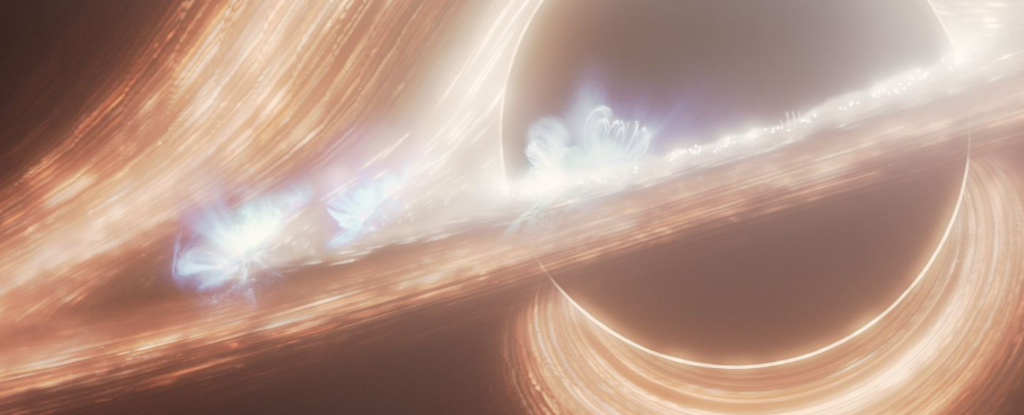Astronomers continue to monitor the Corona Borealis constellation for a rare celestial event — the expected eruption of T Coronae Borealis (T CrB), as per sources. This binary star system, home to a white dwarf and a red giant, is predicted to produce a nova, briefly illuminating the night sky with a brightness comparable to Polaris, the North Star. While initial predictions placed the event as imminent by September 2023, observations suggest the outburst could occur later than anticipated.
A History of Eruptions
According to a report by Space.com, T CrB has a history of dramatic eruptions, with confirmed events in May 1866 and February 1946. These outbursts occur when the white dwarf accumulates sufficient material from the red giant, triggering a nuclear explosion. Previous eruptions have followed an 80-year cycle, suggesting the next event might occur by 2026. However, brightness changes observed in 2015 and dimming patterns similar to those preceding the 1946 eruption have led to revised estimates, prompting predictions for 2023 or 2024.
Monitoring the System
As per the report, data is being gathered using an array of space and ground-based telescopes, including NASA’s Fermi Gamma-ray Space Telescope, the James Webb Space Telescope, and the Very Large Array in New Mexico. Elizabeth Hays, an astrophysicist monitoring T CrB with Fermi, indicated to Space.com that while signs point to an impending eruption, pinpointing the exact timeline remains elusive.
Edward Sion, professor of astronomy at Villanova University, highlighted the complexities of the accretion process. He told the publication that the challenges posed by fluctuating rates of material transfer between the stars, which add uncertainty to the prediction.
The Wait Continues
Until the eruption occurs, astronomers are using this opportunity to collect unprecedented data. Observations across multiple wavelengths are being conducted to better understand the behaviour of novae. Experts suggest these findings will enhance future predictive models and deepen insights into stellar phenomena.
For the latest tech news and reviews, follow Gadgets 360 on X, Facebook, WhatsApp, Threads and Google News. For the latest videos on gadgets and tech, subscribe to our YouTube channel. If you want to know everything about top influencers, follow our in-house Who’sThat360 on Instagram and YouTube.






